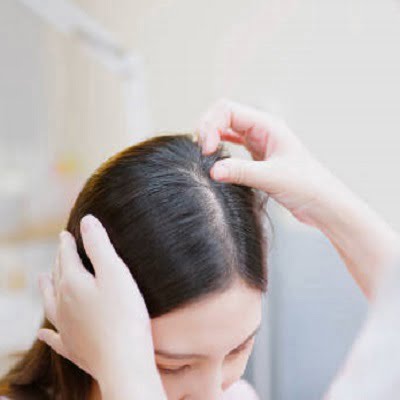Hair loss is distressing for everyone suffering from it. Moreover, it causes overall less confidence. However, thanks to advances in cosmetics, there are now several techniques to regrow them. However, finding the best treatment according to the unique needs of every individual is very important. Therefore, we will tell you What Is the Big 3 Hair Loss Treatment in Islamabad? Since they are the most popular and effective, you can choose one for yourself.
What is the Big 3 Hair Loss Treatment in Islamabad?
There are a bunch of treatment options for almost every cosmetic issue from head to toe. However, the Big 3 Hair Loss Treatment in Islamabad, Pakistan are following.
Hair Transplant Surgery: Permanent Hair Restoration:
Stopping hair loss requires one of the finest and most long-lasting methods—a hair transplant. Hair cells are relocated from the back or sides of the head to other areas of the head to address hair loss or little growth at all.
Types of Hair Transplants:
Follicular Unit Transplantation (FUT): Cut off a portion of skin with hair follicles and relocate it to the required location.
Follicular Unit Extraction (FUE): It removes one hair follicle at a time then replaces them. This leaves only weak scars.
Benefits:
Carefully removing hair shafts, the doctor installs them in tiny incisions made in areas where hair is thinning or coming out. These linked cells develop hair like natural hair, so it will never happen once again.
- Natural Looking Results: The migrated hair seems to have been always present.
- Permanent Solution: Once you start, the new hair will keep growing for as long as you live.
- Minimal Maintenance: Once it heals, it doesn’t call for any particular medication or creams.
PRP Treatments: Accelerating Your Hair Growth:
Platelet-Rich Plasma (PRP) therapy may let your hair grow without surgery, depending on your body’s inherent capacity for healing itself. A small portion of the patient’s blood is removed and processed to extract the platelets, and subsequently, plasma is fed into the head.
Process of PRP
Growth factors in platelet-rich plasma strengthen hair shafts and enable cells to increase once again. Those who receive the injections could even be able to halt hair loss right away.
Benefits of PRP:
- Non-invasive: One does not need to undergo surgery or cut.
- Minimal Downtime: Patients may almost immediately resume their regular life.
- Simulates natural growth: It works with the cells of the body to produce thicker hair and support appropriate growth of it.
Laser Therapy: Low-Level Laser Therapy (LLLT):
It uses laser light to induce hair cells to proliferate. It is gentle and pain-free. This therapy may be carried out at home or in hospitals using FDA-certified lasers.
The Mechanisms of This Treatment:
Upon impact on the head, the laser light increases blood flow to the hair cells. This prolongs the period of hair growth and increases the effort of the follicular cells, therefore promoting hair development.
Benefits of Laser Treatment:
- Painless and safe: It does not harm, and adverse effects are only somewhat likely.
- Non-invasive: As long as appropriate instruments are employed, it may be accomplished at home or at a clinic.
- Support Hair Health: It thickens hair and slows down additional loss.
Combining Treatments for Maximum Effectiveness:
Many patients benefit from a combined approach to hair loss treatment. For instance:
- Surgeons can often pair with external therapies like PRP to maximize its results.
- PRP therapy can be combined with Laser for added stimulation and scalp health.
Consult with an Expert:
Your particular desires, budget and the causes of hair loss will all determine which techniques fit you the most. Hence, professional approach and expert advice can help you get hair growth. Furthermore, it is essential for you to choose which strategy would be most suitable for you.
Final Thoughts:
Having said that, there are three basic approaches to address hair loss: laser treatment, PRP injections, and hair patch surgery. Every one of them is excellent in different respects. While most individuals need surgery to get fresh hair. However, you can obtain less invasive and quicker healing through PRP and laser treatments. Your money, degree of hair loss, and individual objectives will all affect the choice you make. Ensuring your treatment plan meets your hair growth requirements calls for expert advice.
Consult with an expert hair restoration surgeon at SKN Cosmetics Islamabad, Pakistan, to get your hair back.





